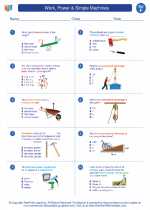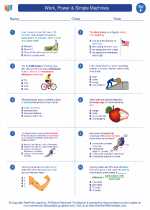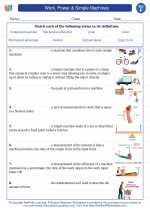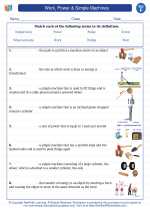Mercury
Mercury is a fascinating element with the symbol Hg and atomic number 80. It is a metal that is liquid at room temperature, making it unique compared to most other metals. Here are some key points to understand about mercury:
Properties of Mercury:
- Physical State: Mercury is the only metal that is liquid at room temperature. This property makes it valuable for use in thermometers and barometers.
- Toxicity: Mercury and its compounds are highly toxic to humans and animals. Exposure to mercury can lead to severe health problems, so it is important to handle it with caution.
- Chemical Behavior: Mercury does not react with air, but it can react with acids, halogens, and other elements to form various compounds.
- Applications: Despite its toxicity, mercury is used in a variety of industrial processes, electrical devices, and scientific instruments due to its unique properties.
Uses of Mercury:
Mercury has several important uses and applications:
- Thermometers and Barometers: Due to its liquid state at room temperature, mercury is used in traditional thermometers and barometers to measure temperature and atmospheric pressure.
- Electrical Equipment: It is used in some electrical switches and relays due to its conductive properties.
- Industrial Processes: Mercury is used in certain industrial processes, such as the production of chlorine and sodium hydroxide.
- Dental Amalgams: In the past, mercury was commonly used in dental amalgam fillings, although its use has decreased due to health concerns.
Environmental Impact:
Mercury pollution is a significant environmental concern. It can enter the environment through natural processes, but human activities such as mining and industrial processes have significantly increased mercury levels in air, water, and soil. Mercury pollution can have harmful effects on ecosystems and human health.
Study Guide:
Here are some key points to remember when studying mercury:
- What are the unique properties of mercury?
- What are the main uses of mercury in industry and everyday life?
- Why is mercury considered toxic, and what are the potential health risks associated with exposure to mercury?
- How does mercury pollution occur, and what are its environmental impacts?
- Discuss the historical and current uses of mercury in various fields.
Understanding the properties, uses, and environmental impact of mercury is important for both scientific knowledge and environmental stewardship.
.◂Science Worksheets and Study Guides Sixth Grade. Work, Power & Simple Machines

 Worksheet/Answer key
Worksheet/Answer key
 Worksheet/Answer key
Worksheet/Answer key
 Vocabulary/Answer key
Vocabulary/Answer key
 Vocabulary/Answer key
Vocabulary/Answer key
